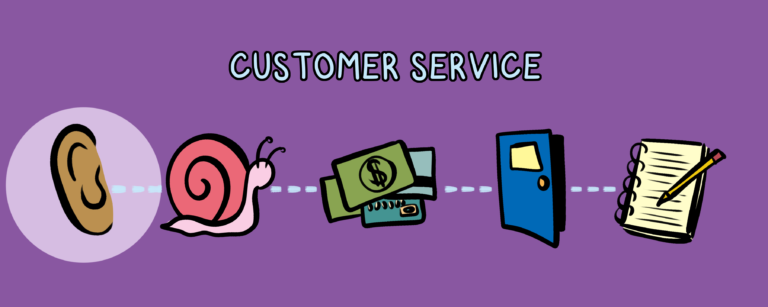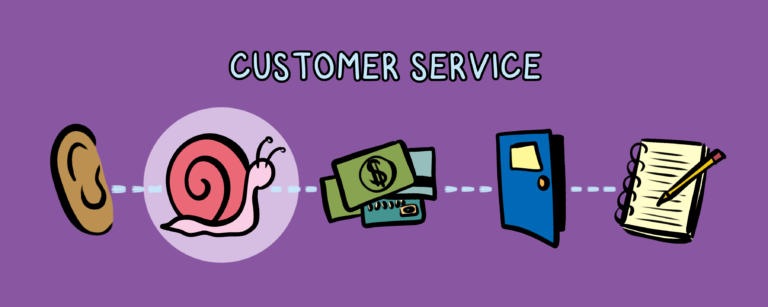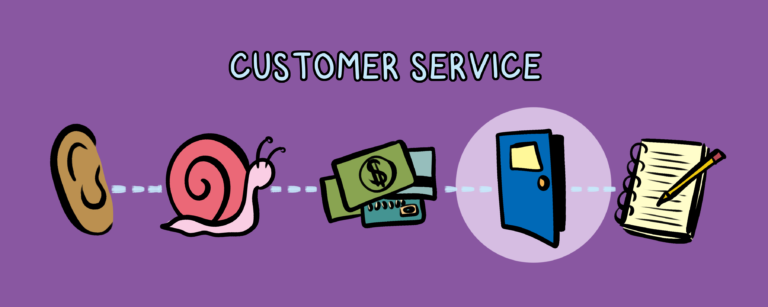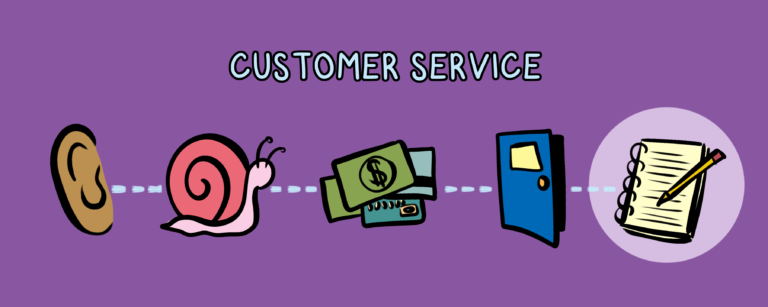Oh, hey! Welcome to the community.
Mindfulness is a buzzword right now. It’s tossed around like carrots in a salad, but what does it mean? Oxford dictionary defines mindfulness as “the quality or state of being conscious or aware of something” and as “a mental state achieved by focusing one’s awareness on the present moment, while calmly acknowledging and accepting one’s feelings, thoughts, and bodily sensations, used as a therapeutic technique.” Sounds easy, right? So, why is it so hard to be mindful?
I’m not going to lie; I had always considered mindfulness to be about the self—that it is an exercise in self-reflection and being aware of my own feelings, thoughts, sensations, etc. The part of the definition that sticks out for me is the being aware of my own feelings in the moment while simultaneously considering and responding to the needs of others. That sounds difficult. No wonder we have to practice in order to become mindful. Research suggests that after only five minutes of daily mindful exercise, people become better at detecting correct emotions and are judged to be more empathic (Tan, L. B., Lo, B. C., & Macrae, C. N. [2014]. Brief mindfulness meditation improves mental state attribution and empathizing. PloS One, 9[10], e110510.).
How does mindfulness impact us?
I found this excellent article that pulls together many studies about the impacts of mindfulness. Specifically, I found it beneficial as it talks about the impact on college students and the workplace. Mindfulness has been shown to improve job performance:
- Gallant (2016) found that mindfulness can improve executive functioning by improving inhibition abilities.
- Mindfulness in service industry workers improves job performance, even when controlling for workers’ level of engagement (Dane & Brummel, 2014).
- De Bruin, Formsma, Frijstein, & Bögels (2017) showed that mindfulness in the workplace can actually increase the number of contract hours worked by employees, a result that will certainly catch the attention of higher-ups.
- Office employees who participated in an eight-week mindfulness intervention experienced lower levels of work-related stress, greater job satisfaction, and, ultimately, enhanced job performance as rated by their employers (Shonin, Van Gordon, Dunn, Singh, & Griffiths, 2014).
So what next?
Having mindful staff will benefit our residents, but it needs to start with the management. We’ve heard time and time again that one should lead by example—and this is no exception. As a leader in your program, you need to model the behaviours you want to see. Think about how you can add some mindfulness to your life and share your experiences. Add a mindfulness exercise to your staff meetings so your staff see that you not only believe in mindfulness, but you believe it is worth taking time out of the busy meeting schedule to practice. It may feel uncomfortable or awkward at first, but both you and your organization will benefit. If you’re looking for exercise ideas, I would recommend this page to start.
Thanks for being part of our community. We’re glad you’re here.






